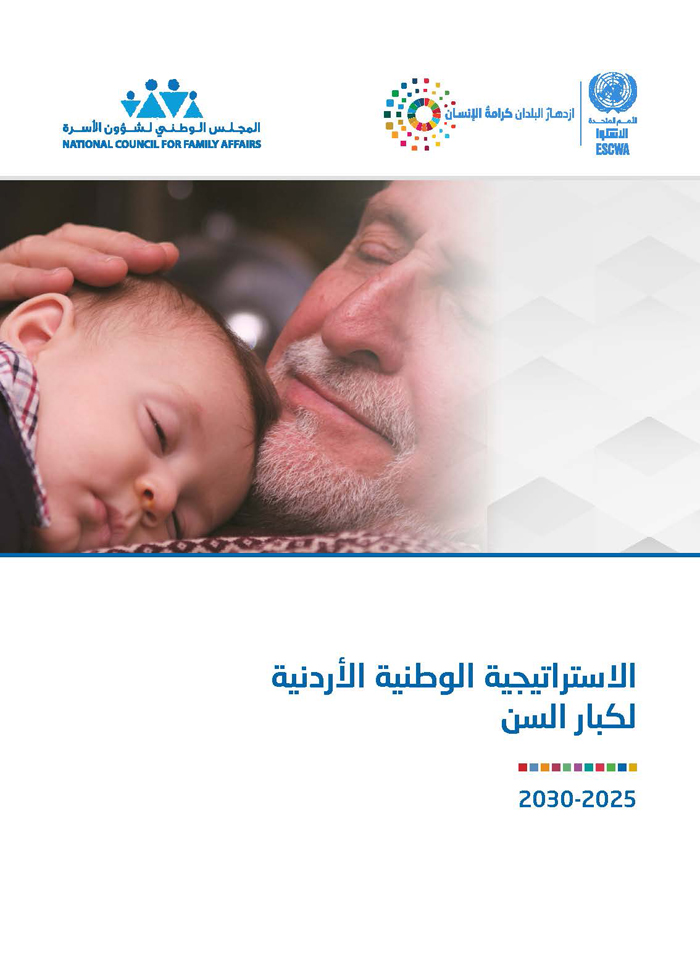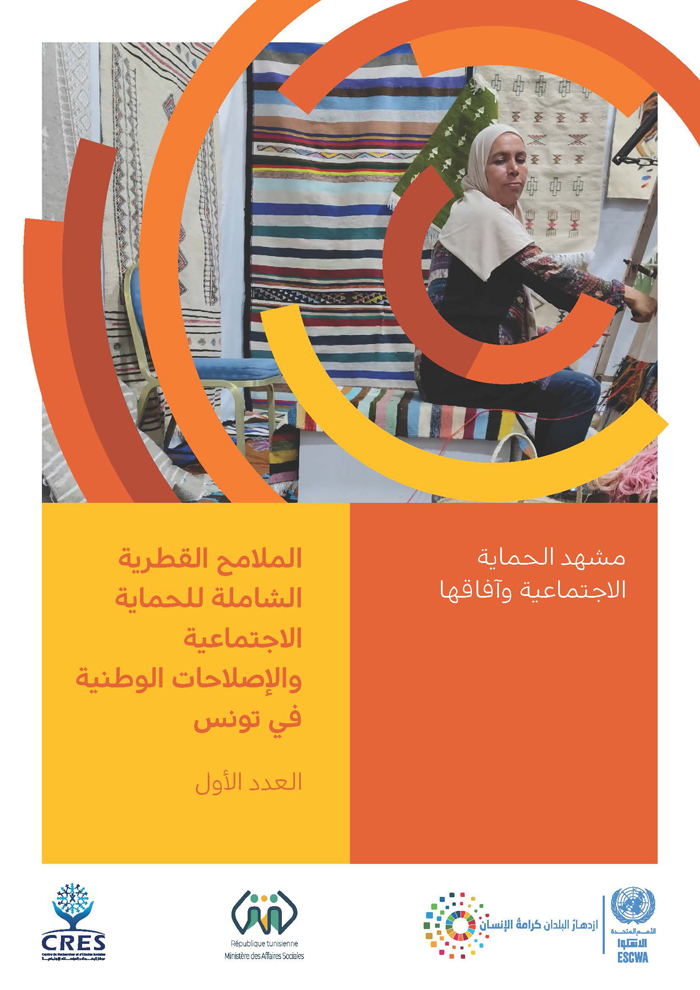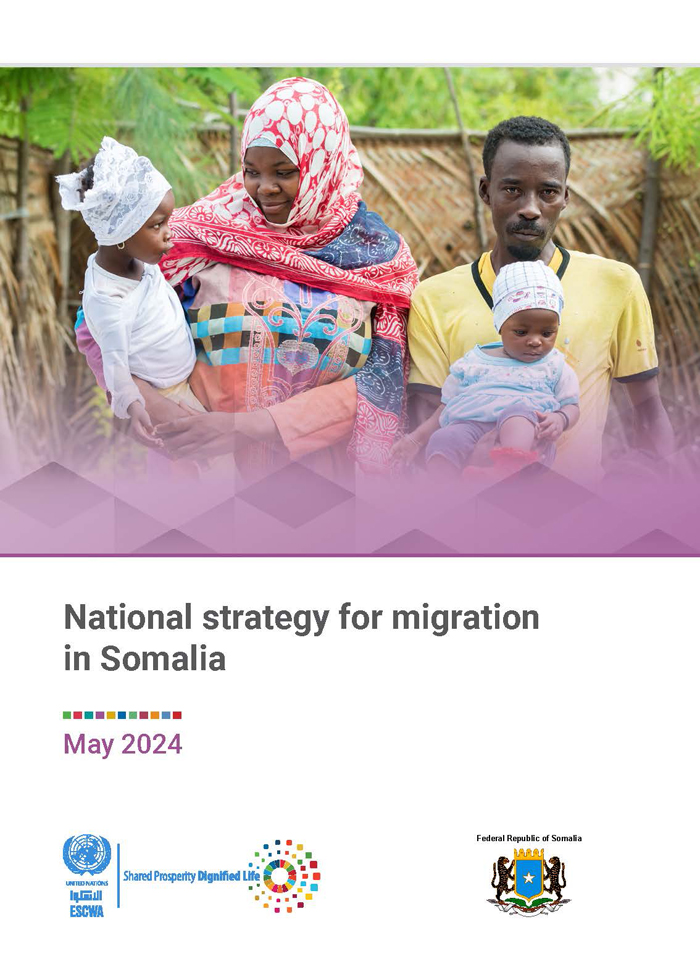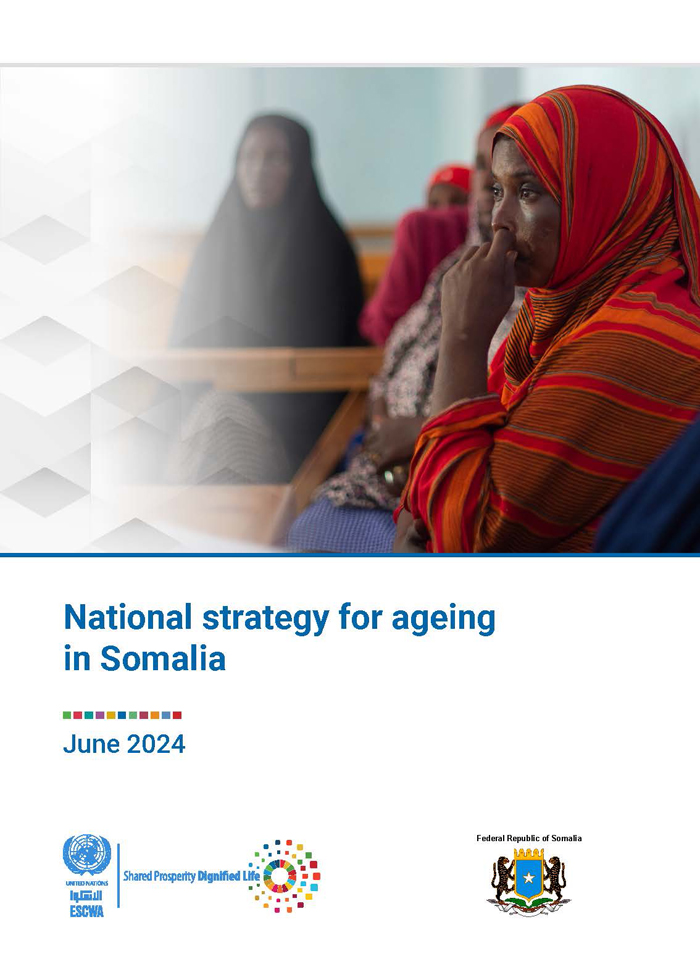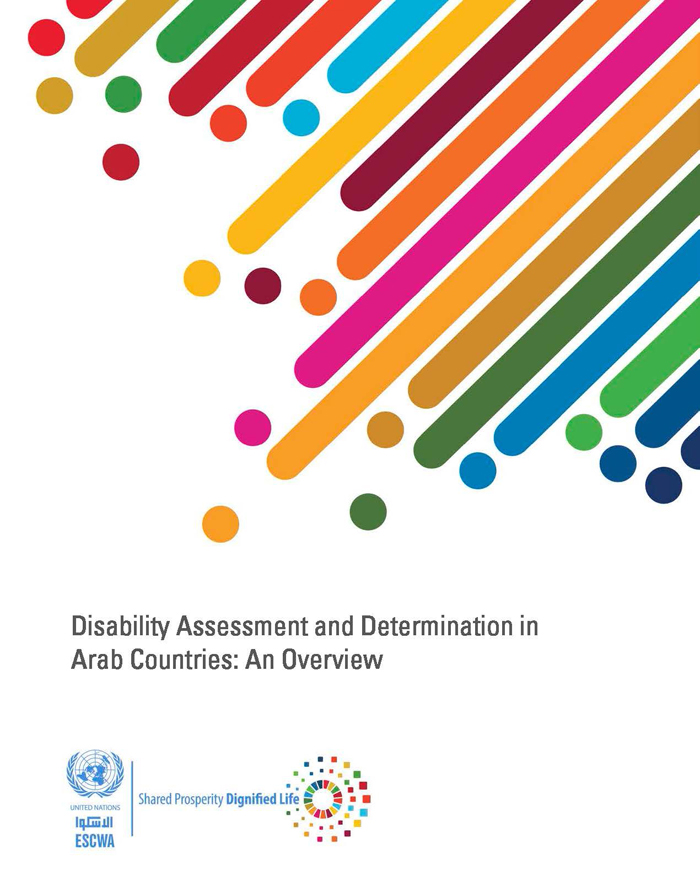
ESCWA Publication: E/ESCWA/CL2.GPID/2020/TP.32
Country: Arab Republic of Egypt, Kingdom of Morocco, Sultanate of Oman, Republic of Tunisia
Publication Type: Information material
Cluster: Gender Justice, Population and Inclusive Development
Focus Area: Gender equality, Inclusive development
Initiatives: Realizing the rights of persons with disabilities
SDGs: Goal 10: Reduced Inequalities
Keywords: Disability, Persons with disabilities, Arab countries, Civil society, Social integration
Disability assessment and determination in the Arab region: an overview
July 2021
This study begins with a background on the normative shift in understanding disability from a CRPD-aligned perspective. It then explores the main objectives of disability assessment and determination system, and the relationship between assessment and determination and the differences between them. It also looks into the available tools to operationalize this normative shift in disability assessment, including the International Classification of Functioning, Disability and Health (ICF) and the World Health Organization Disability Assessment Schedule 2.0 (WHODAS 2.0).
This is followed by an overview of the key trends, similarities, and differences in the Arab region regarding disability assessment and determination laws. These trends have been derived from the “Country Legal Profiles”, (annex 3 of the study). The profiles provide an overview of national legislation, by-laws, administrative instructions and policies that govern the disability assessment and determination processes in 18 Arab countries; Bahrain, Egypt, Iraq, Jordan, Kuwait, Lebanon, Libya, Mauritania, Morocco, Oman, the State of Palestine, Qatar, Saudi Arabia, the Sudan, the Syrian Arab Republic, Tunisia, the United Arab Emirates and Yemen.
Furthermore, the study provides snapshots from four case studies—Morocco, Egypt, Oman and Tunisia—of countries in transition to a CRPD-compliant assessment system. Finally, the study discusses the key lessons learned and policy recommendations for countries looking to transition to a CRPD-compliant disability assessment system.
Related content
Gender equality
, Inclusive development
,
This study begins with a background on the normative shift in understanding disability from a CRPD-aligned perspective. It then explores the main objectives of disability assessment and determination system, and the relationship between assessment and determination and the differences between them. It also looks into the available tools to operationalize this normative shift in disability assessment, including the International Classification of Functioning, Disability and Health (ICF) and the World Health Organization Disability Assessment Schedule 2.0 (WHODAS 2.0).
This is followed by an overview of the key trends, similarities, and differences in the Arab region regarding disability assessment and determination laws. These trends have been derived from the “Country Legal Profiles”, (annex 3 of the study). The profiles provide an overview of national legislation, by-laws, administrative instructions and policies that govern the disability assessment and determination processes in 18 Arab countries; Bahrain, Egypt, Iraq, Jordan, Kuwait, Lebanon, Libya, Mauritania, Morocco, Oman, the State of Palestine, Qatar, Saudi Arabia, the Sudan, the Syrian Arab Republic, Tunisia, the United Arab Emirates and Yemen.
Furthermore, the study provides snapshots from four case studies—Morocco, Egypt, Oman and Tunisia—of countries in transition to a CRPD-compliant assessment system. Finally, the study discusses the key lessons learned and policy recommendations for countries looking to transition to a CRPD-compliant disability assessment system.
